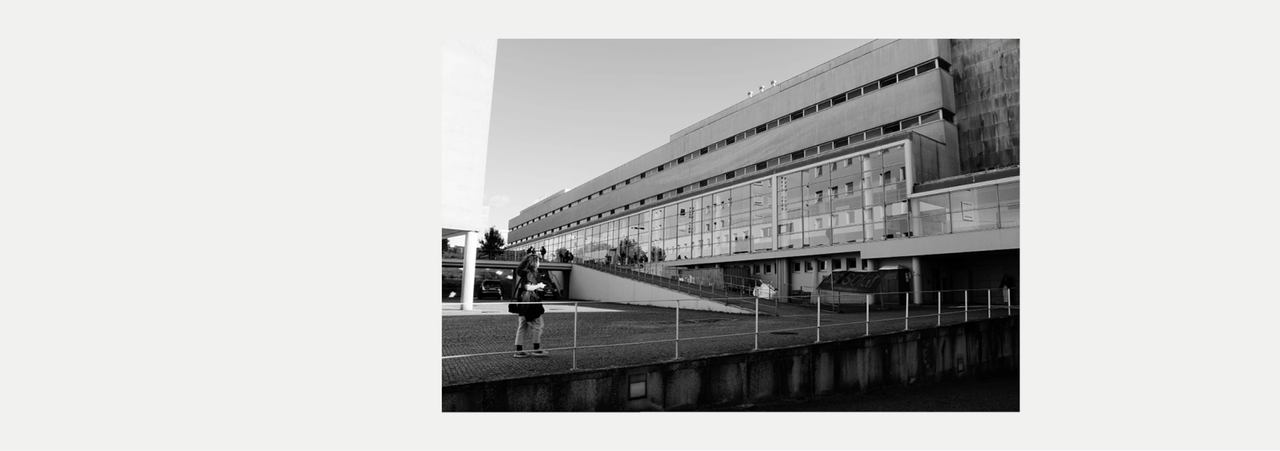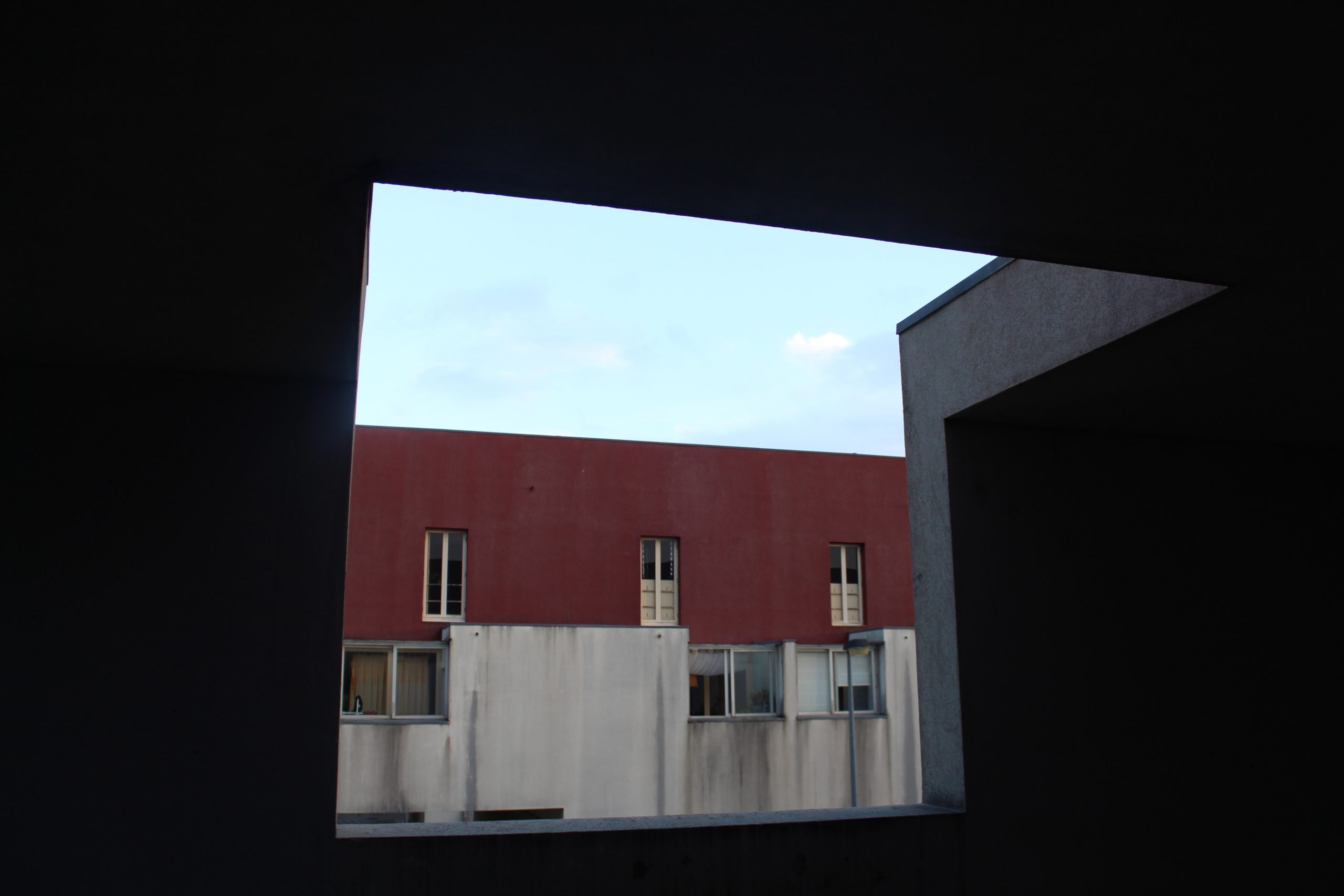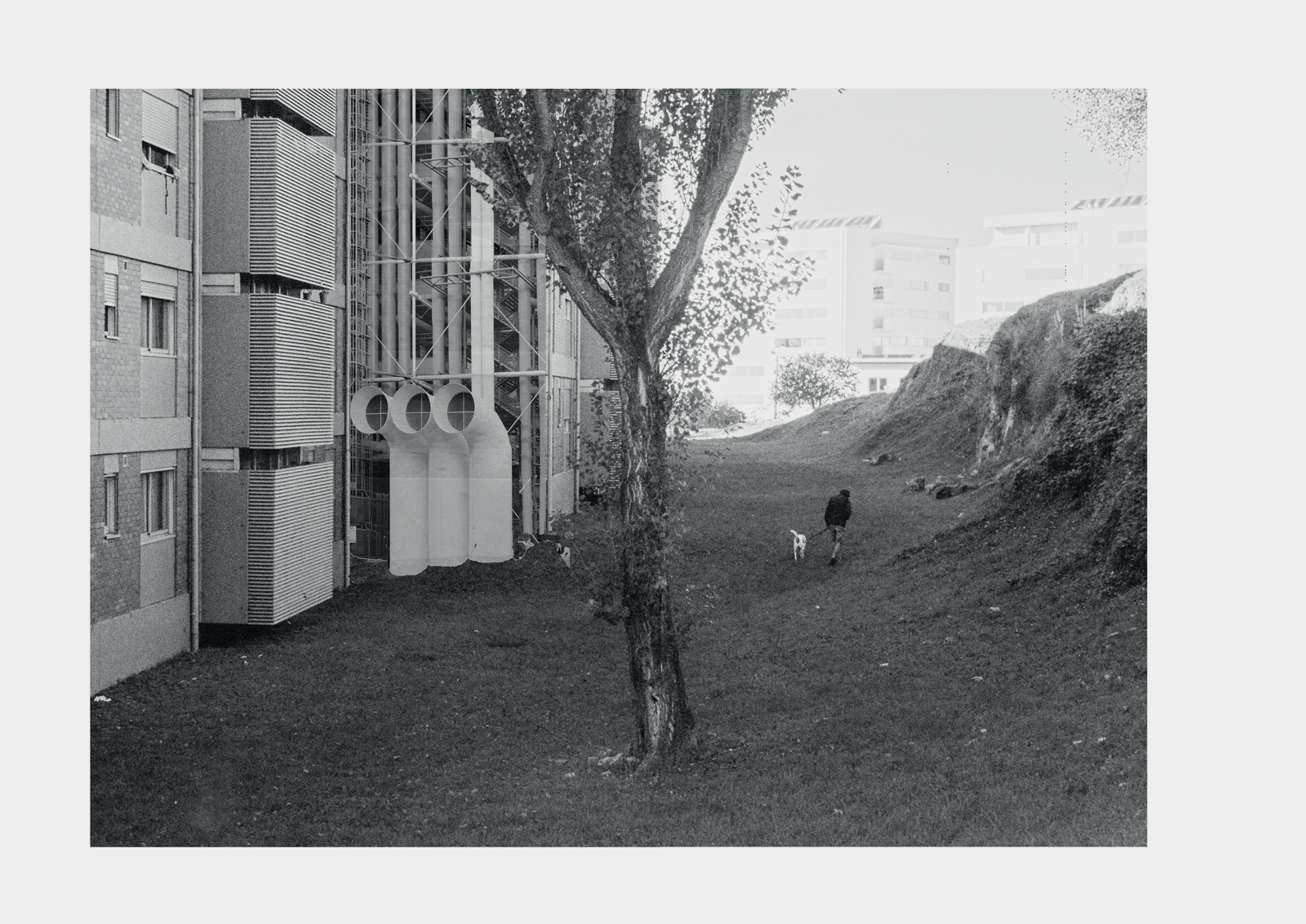IDENTIDADE – Bairro de Rebordões
Isadora Fontana, José Rodrigues, Maria Luiza da Silva, Nadja Araújo , Vinícius Pauli


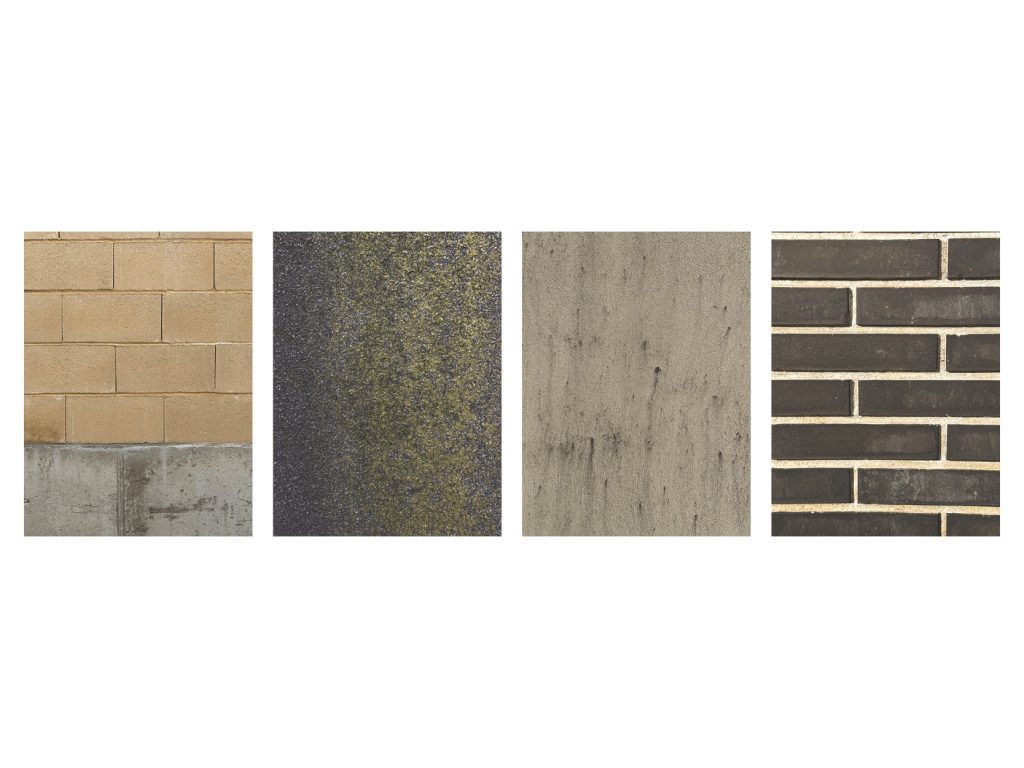
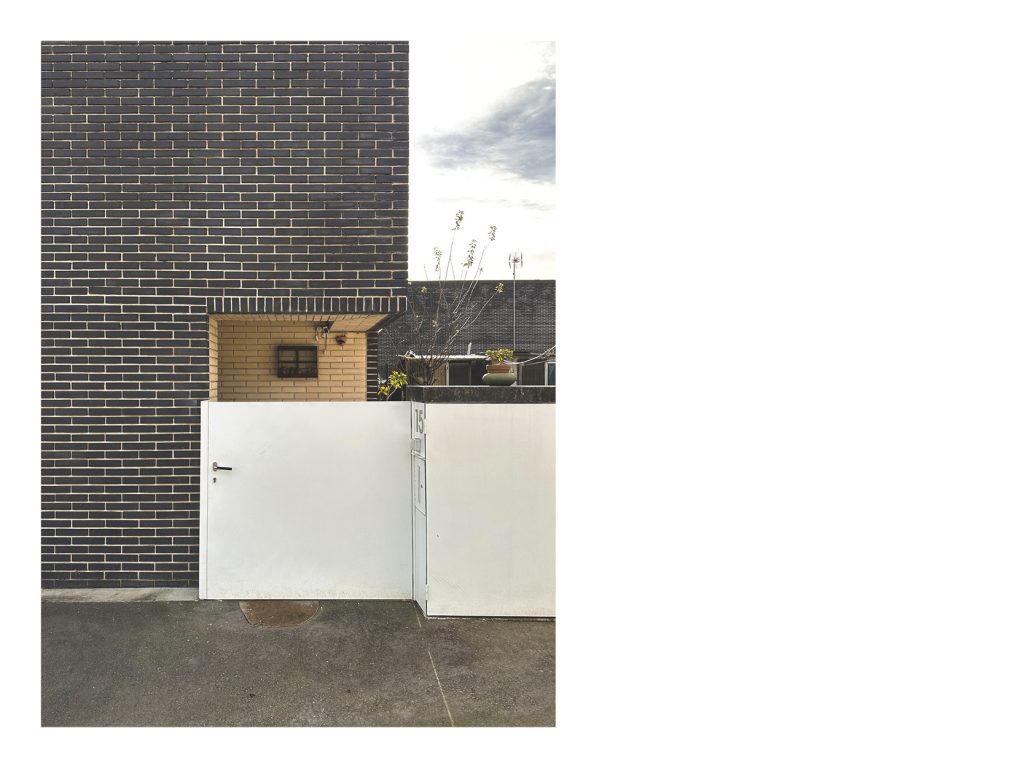



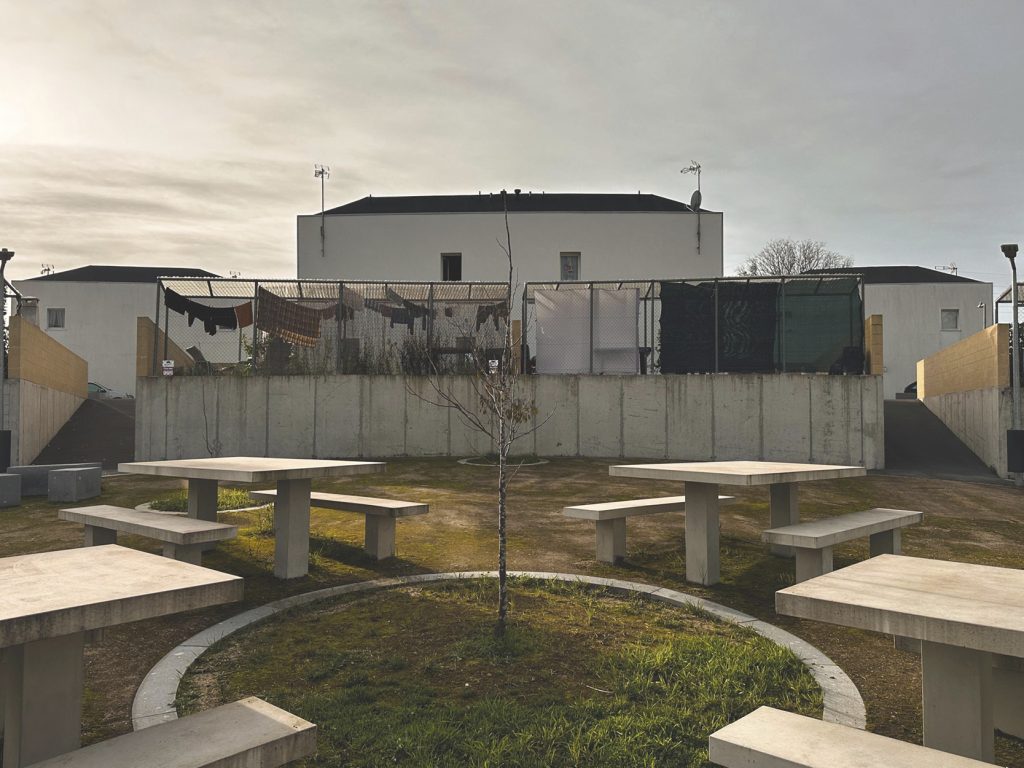
Walking as a tool for investigating and perceiving space is constituted as a power insofar as it allows it to be investigated as a place in movement. Going against the unexpected, this research tool is configured, according to the term coined by Francesco Careri [1], as walking as an aesthetic practice, crossing spaces in order to understand them in their complete becoming, perceiving different realities, identities and configurations.
“In other words, the Italian expression “andare a Zonzo”, recalled by the architect Francesco Careri, recovers the experience of the city walked by the flâneurs […] we are no longer interested in the traditional order that marked a classical interpretation of the space of cities. We move in contemporary urban settings under new atmospheres, in multiple and fluctuating trajectories, almost always established by versatile and non-linear urban systems, whose translations excel in setting up arrangements open to individuality and diversity.” [2]
Based on this approach, this work proposes, through photography, to reflect on the São João de Deus neighbourhood, rehabilitated by architect Nuno Brandão Costa. As a tool to understand, this narrative has the exploratory and curious potencial of observing a territory belonging to the city of Porto. To this end, the analysis started from the neighbourhood’s surroundings, exploring its insertion within the landscape, the rhythm and pattern of the buildings, as well as their colour contrasts. As an investigative journey, the observer’s point of view is approached through the streets, pavements and houses and is attentive to the details, through the arrangement of window frames, colour variations and textures of the materiality, while at the same time seeking to situate these details in the city’s surroundings.
[1] Francesco Careri: Walkscapes, o caminhar como prática estética
[2] Evandro Fiorin e Maria Jose Luluaga Medici: Cartografia que Caminha, transurbanogramas na Ilha de Santa Catarina.



